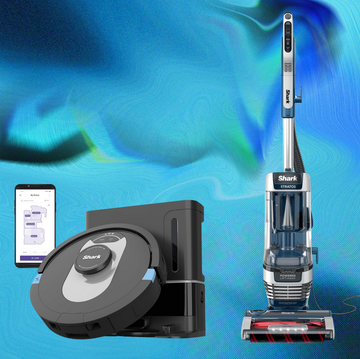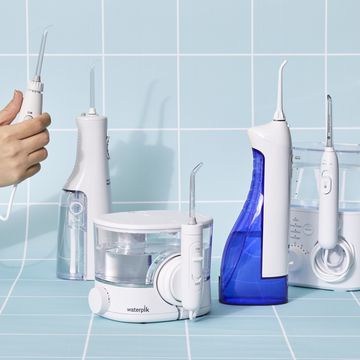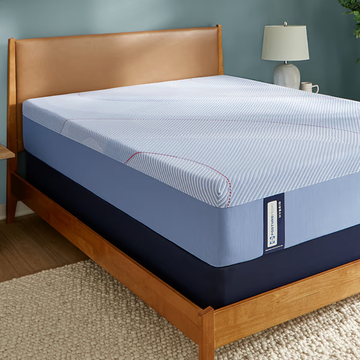5 Best Sewing Machines for Quilting, Tried and Tested
Whether you're a beginner or an expert, these machines will help you create the quilt of your dreams.

We've been independently researching and testing products for over 120 years. If you buy through our links, we may earn a commission. Learn more about our review process.
Technically, you can quilt on any sewing machine, but some sewing machines have special features and included accessories that make it much easier to create large quilting projects. Plus, sewing machines for quilting offer a nice middle-ground option for those who only have the storage space for one machine or beginners who are unsure whether they prefer sewing or quilting. That way, you can test the waters for both without choosing a machine that's best suited for one activity.
To find the best sewing machines for quilting, our experts in the Good Housekeeping Institute Textiles Lab considered top-performing models from our most recent testing. These long-throat sewing machines make quilting a breeze with features like a quilting bar, free-motion quilting foots, extension tables and more.
Isabella (she/her) covers commerce and product-related content in the home, lifestyle, fitness, technology and beauty. She graduated from Binghamton University in 2022 with a bachelor’s degree in English: Literature & Rhetoric. Before joining GH, she was an editorial assistant at Prevention, where she covered health topics and celebrity news.
Emma Seymour (she/her) is the associate director of the Good Housekeeping Institute's Textiles, Paper and Apparel Lab, where she has led testing for luggage, pillows, towels, tampons and more since 2018. She graduated from Cornell University with a bachelor of science in fiber science and apparel design and a minor in gerontology, completing research in the Body Scanner Lab on optimizing activewear for athletic performance.























